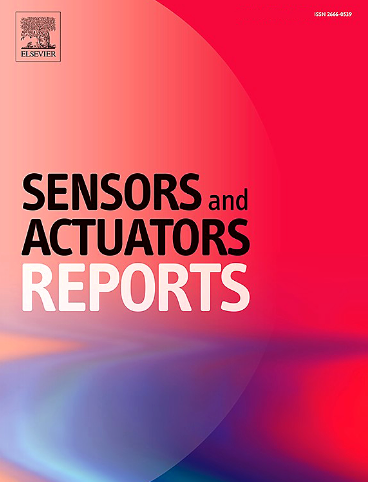有创和无创血糖监测的进展:微波传感器综述
IF 7.6
Q1 BIOTECHNOLOGY & APPLIED MICROBIOLOGY
引用次数: 0
摘要
有效和持续的血糖监测对于控制糖尿病至关重要,糖尿病仍然是影响数百万人的全球健康挑战。传统的侵入性血糖监测方法虽然准确,但会引起不适,不适合进行最佳糖尿病管理所需的频繁测量。为了克服这些限制,基于微波的传感器已经成为有希望的替代方案,提供侵入性和非侵入性监测功能。这篇综述批判性地评价了微波葡萄糖传感器的最新进展,强调了它们的设计方法、灵敏度、准确性和临床适用性。通过利用受葡萄糖浓度影响的血液和组织的独特介电特性,微波传感器可以精确且可能无痛地测量葡萄糖。尽管取得了重大进展,但现有的传感器技术仍面临诸多挑战,包括有限的灵敏度范围、生物组织的干扰以及临床应用的实际考虑。本文旨在通过强调最新的技术创新,解决当前的局限性,并为未来的研究提出方向,以促进血糖监测技术的广泛临床应用,从而指导研究人员和医疗保健提供者。本文章由计算机程序翻译,如有差异,请以英文原文为准。

Advances in invasive and non-invasive glucose monitoring: A review of microwave-based sensors
Effective and continuous glucose monitoring is critical in managing diabetes, which remains a global health challenge affecting millions. Traditional invasive glucose monitoring methods, although accurate, cause discomfort and are unsuitable for frequent measurements necessary for optimal diabetes management. To overcome these limitations, microwave-based sensors have emerged as promising alternatives, providing both invasive and non-invasive monitoring capabilities. This review critically evaluates recent advancements in microwave-based glucose sensors, emphasizing their design methodologies, sensitivity, accuracy, and clinical applicability. By leveraging unique dielectric properties of blood and tissues affected by glucose concentrations, microwave sensors enable precise and potentially pain-free glucose measurements. Despite significant progress, existing sensor technologies face challenges including limited sensitivity ranges, interference from biological tissues, and practical considerations for clinical adoption. This paper aims to guide researchers and healthcare providers by highlighting recent technological innovations, addressing current limitations, and suggesting directions for future research to advance glucose monitoring technologies towards widespread clinical use.
求助全文
通过发布文献求助,成功后即可免费获取论文全文。
去求助
来源期刊

Sensors and Actuators Reports
Multiple-
CiteScore
9.60
自引率
0.00%
发文量
60
审稿时长
49 days
期刊介绍:
Sensors and Actuators Reports is a peer-reviewed open access journal launched out from the Sensors and Actuators journal family. Sensors and Actuators Reports is dedicated to publishing new and original works in the field of all type of sensors and actuators, including bio-, chemical-, physical-, and nano- sensors and actuators, which demonstrates significant progress beyond the current state of the art. The journal regularly publishes original research papers, reviews, and short communications.
For research papers and short communications, the journal aims to publish the new and original work supported by experimental results and as such purely theoretical works are not accepted.
 求助内容:
求助内容: 应助结果提醒方式:
应助结果提醒方式:


